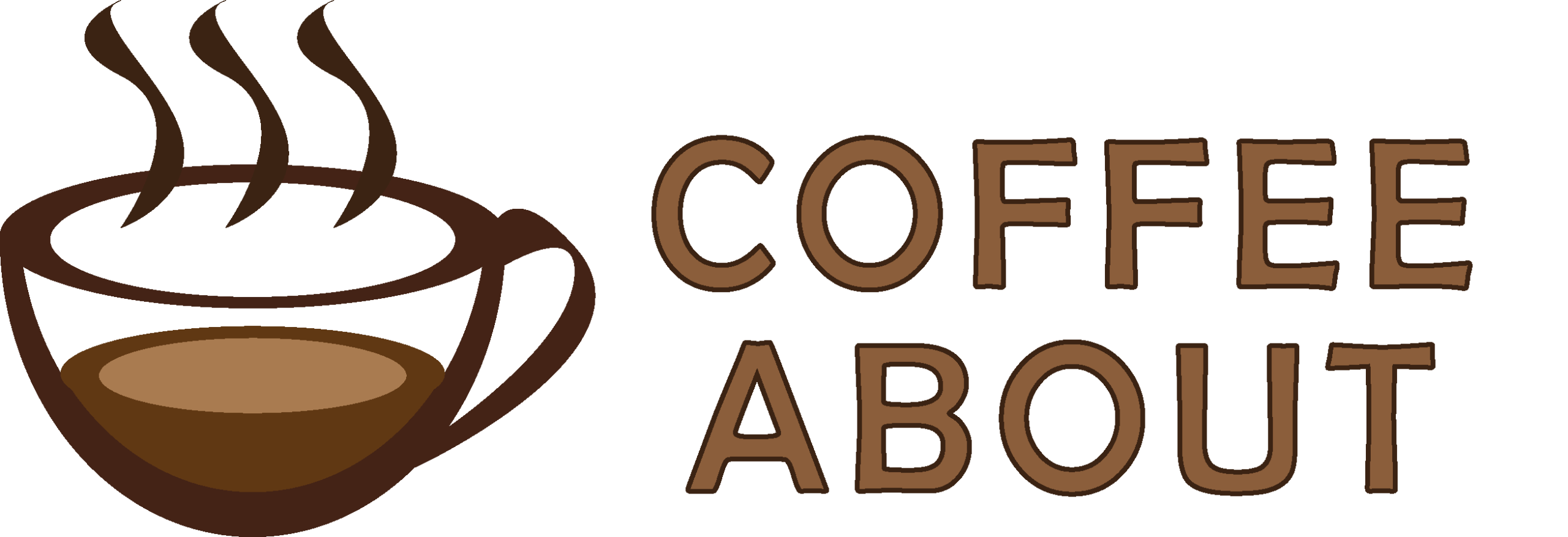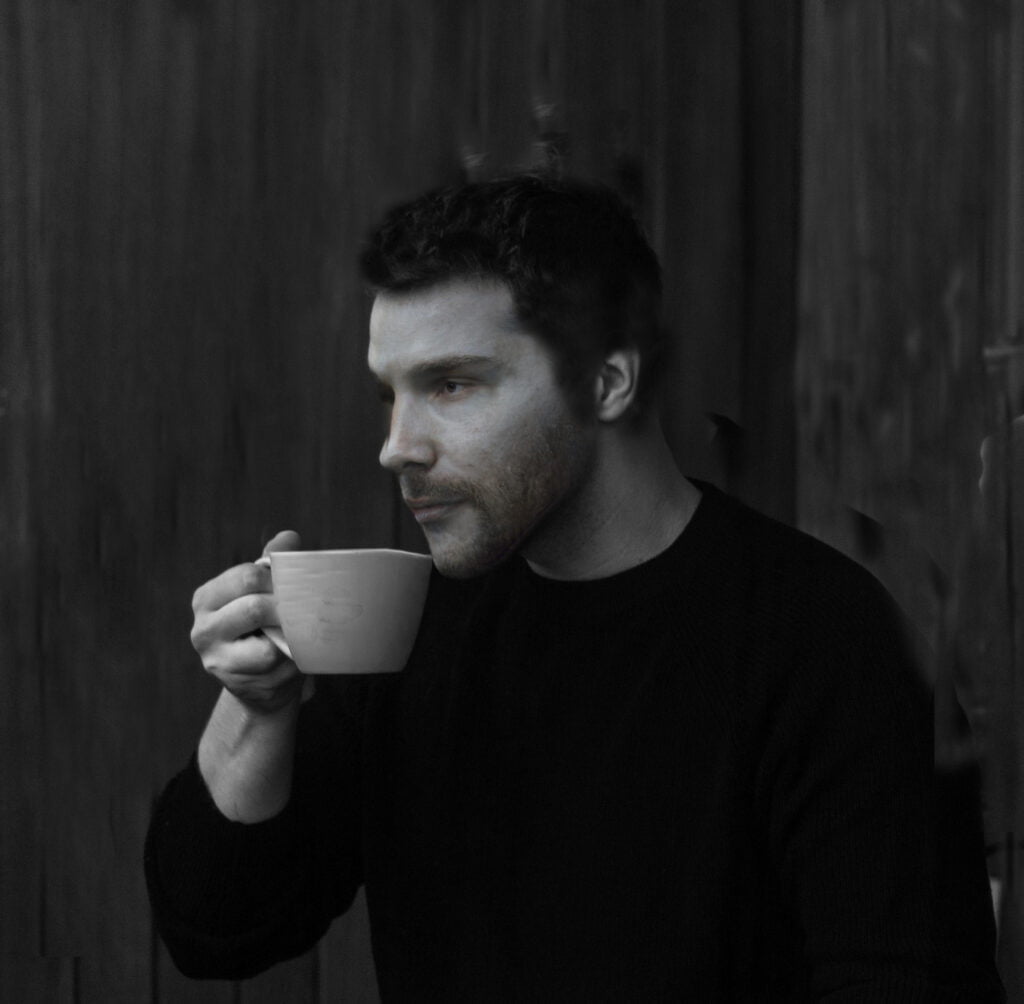Irish Coffee is a delightful blend of strong coffee, smooth Irish whiskey, a touch of sugar, and a layer of lightly whipped cream. The perfect balance of strong coffee, sweet sugar, warming whiskey, and rich cream creates a flavor profile that’s hard to beat.
In a survey, Irish Coffee ranked among the top five favorite coffee cocktails worldwide and some estimates suggest that on St. Patrick’s Day alone, over 1 million Irish Coffees are served worldwide.
I’m about to spill the beans on how to whip up an authentic Irish Coffee that’ll have you doing a little jig. Trust me, once you’ve mastered this recipe, you’ll be the toast of every gathering.

As an Amazon Associate, I earn commission from qualifying purchases.
Ingredients to Make Irish Coffee
Here are some simple ingredients you need to make Irish Coffee:
Coffee: Use strong coffee made from dark roast beans. You can brew it using a Pour Over, Espresso, French Press, or Drip Machine—whichever method you prefer. I personally like using the French Press as it makes strong and full-bodied coffee with a rich texture, which pairs well with the whiskey.
Sugar: Either white or brown sugar works, but I recommend brown sugar. It adds a deeper, molasses-like sweetness that complements the richness of the coffee and whiskey.
Irish Whiskey: Jameson whiskey is ideal for Irish coffee. It has a smooth, balanced flavor with just the right touch of spice, making it a perfect match for the bold coffee.
Whipped Cream: Lightly whipped cream is used to top the coffee. It adds a creamy texture that balances the strong flavors.
Here are the Quantities you’ll need for a single serving:
- Brewed Coffee: 4-6 oz
- Irish Whiskey: 1.5-2 oz
- Sugar: 1-2 tsp
- Whipping Cream: 2-3 tbsp

How to make Irish Coffee
1- Prepare Coffee and Cream: Brew a strong batch of dark roast coffee using your preferred method. While the coffee is brewing, fill your Irish coffee glass or mug with hot water to warm it. At the same time, lightly whip heavy cream until it’s slightly thickened but still pourable, and set aside.
2- Set up the glass: Empty the hot water from the glass and dry it thoroughly. Add 1-2 teaspoons of brown sugar (adjust to taste) to the warm glass. Pour in about 4 ounces (120ml) of hot coffee, filling the glass about 3/4 full, and stir until the sugar is completely dissolved.
3- Add the whiskey: Pour in 1.5-2 ounces (45-60ml) of Jameson Irish Whiskey and stir gently to combine with the coffee-sugar mixture.
4- Create the cream layer: Hold a spoon upside down over the coffee, with the tip touching the inside of the glass just above the coffee’s surface. Slowly pour the lightly whipped cream over the back of the spoon. This technique helps the cream float on top of the coffee. Continue pouring until you have a thick layer of cream sitting on top of the coffee.
5- Enjoy: Serve the Irish Coffee immediately. The idea is to sip the hot coffee and whiskey through the cool layer of cream.
How to Serve Irish Coffee?
A proper Irish Coffee is traditionally served in a clear glass mug or goblet, allowing the layers to be visible. You can add a light dusting of cocoa powder or grated nutmeg on top for garnish. It’s important to note that the Irish Coffee should not be stirred after adding the cream – it’s meant to be enjoyed through the cream layer.

Expert Tips for Irish Coffee
What is the Best Whiskey for Irish Coffee?
The best whiskey for Irish Coffee is typically a smooth, blended Irish whiskey, with Jameson being the most popular choice. Jameson’s light and fruity profile, with its subtle floral scent and hints of nutty and vanilla tones, complements the coffee without overpowering it.
When you’re making Irish Coffee, go with a blended whiskey instead of single malt or pot still variety, as the strong flavors of the latter can take over the drink. Other good options include Tullamore D.E.W., Bushmills Original, and Powers Gold Label. The key is to select a whiskey that enhances the coffee’s taste while adding its own character, you don’t need to use the absolute best and most expensive whiskeys for this creamy coffee drink.
Tips for Whipping Cream
Use freshly whipped cream for the best flavor and texture. Avoid pressurized cans or pre-made whipped toppings – they’ll ruin your Irish Coffee. Opt for fresh, unsweetened cream as it whips best and achieves the ideal consistency.
The secret to getting that perfect float is to whisk or whip the cream until it’s just lightly aerated – not too stiff, but not too liquid either. Stand mixer is best for whipping as it gives you the most control over the whipping process, however, a hand or electric blender will also do the job.
What are the Variations of Irish Coffee
There are many versions and variations of Irish coffee that are popular around the world!
- Bailey’s Irish Coffee: This version uses Bailey’s Irish Cream instead of whiskey, resulting in a sweeter, creamier drink with a lower alcohol content.
- Iced Irish Coffee: Perfect for warm days, this variation uses cold brew coffee instead of hot, creating a refreshing twist on the classic recipe.
- Decaf Irish Coffee: For those who want to enjoy the flavors without the caffeine, this version simply swaps regular coffee for decaf.
- Different Liquors: Experiment with various spirits or coffee liqueurs like Kahlúa, Tia Maria, or Frangelico to create unique flavor profiles.
- Highland Coffee: This Scottish twist replaces Irish whiskey with Scotch whisky, offering a distinctive smoky flavor to the drink.
- Kentucky Coffee: Bourbon takes the place of Irish whiskey in this American variation, adding notes of vanilla and caramel to the coffee.
- Russian Coffee: It substitutes vodka for whiskey, creating a less flavorful alcohol base that allows the coffee to shine through more prominently.
- Non Alcoholic Irish Coffee: For Non-Alcoholic Irish Coffee, simply replace the whiskey with a non-alcoholic whiskey flavor, rum extract, or a splash of vanilla extract.
What is the History of Irish Coffee?
The creation of Irish Coffee is credited to Joe Sheridan, a chef at Foynes Port near Limerick, Ireland. In 1943, on a particularly cold and stormy night, a flight bound for New York was forced to return to Foynes due to harsh weather conditions. To comfort them, Joe Sheridan created a warm drink by mixing strong coffee, Irish whiskey, sugar, and cream. When asked if it was Brazilian coffee, Sheridan famously replied, “No, that’s Irish Coffee.”
The story of Irish Coffee doesn’t end in Ireland, however. In 1951, travel writer Stanton Delaplane encountered this delightful drink at Shannon Airport. Impressed, he brought the concept back to San Francisco, where he introduced it to Jack Koeppler, owner of the Buena Vista Cafe.
Determined to master the recipe, Koeppler went as far as traveling to Ireland to learn from Joe Sheridan himself. Upon his return, he perfected the technique, and soon the Buena Vista Cafe became famous for its Irish Coffee.
Sheridan even moved to San Francisco to help popularize the drink, which has since become a global favorite, symbolizing Irish hospitality and warmth.

Check out other related coffee drinks:
- Viennese Coffee
- Cuban Coffee
- Turkish Coffee
- Greek Coffee
- Corretto Coffee
- Espresso Martini
- Nitro Cold Brew
- Spanish Latte
FAQs
How much alcohol is in Irish coffee?
A typical Irish Coffee made with 1.5 ounces of 40% ABV whiskey in a 6-ounce serving contains about 8-10% alcohol. This makes it milder than a glass of wine, offering a gentle warmth without being overly strong.
Can you use Espresso for Irish Coffee?
Yes, you can use an Americano made from espresso for an Irish Coffee. Simply pull a double shot of espresso and add 2 oz of hot water—this creates a strong base for a rich Irish Coffee.
Irish Coffee Recipe
Equipment
- Coffee Machine (Pour Over, French Press, etc.)
- Hand Mixer or Blender
Ingredients
- 4 oz Brewed Coffee
- 1.5-2 oz Irish Whiskey
- 1-2 tsp Sugar
- 2-3 tbsp Whipped Cream
Instructions
- Brew strong dark roast coffee and lightly whip fresh cream until slightly thickened.
- Pour hot coffee into the glass, add sugar on top, and stir to dissolve.
- Pour in 1.5-2 ounces of Jameson Irish Whiskey and gently stir.
- Pour lightly whipped cream over the back of a spoon to create a floating layer.
- Sip and Enjoy the coffee and whiskey through the cool layer of cream.




